Question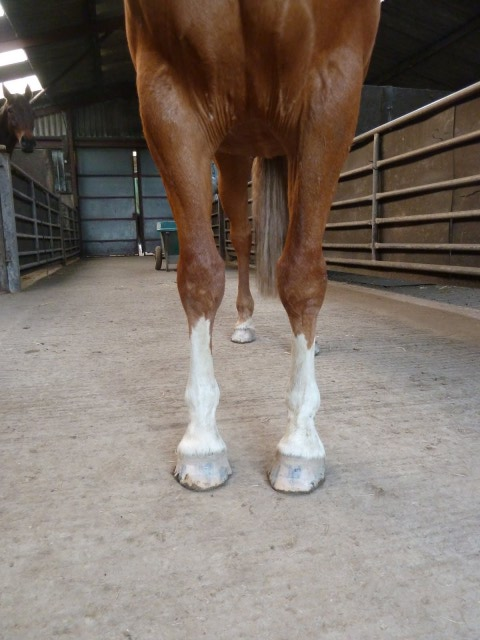 horse with flat feet w
horse with flat feet w
QUESTION: hello, is it possible to tell that this horse in the image i have attached has flat feet with thin sole seeing the horse hooves from front without lifting up the feet?
ANSWER: Hi there. No, it's not possible to tell from this shot about thin soles or not. But I will say he is imbalanced and the peeling, flaking of the hoof wall indicates a deficiency in the diet. That needs to be addressed. :) I would say probably sugar is the culprit.
--Gwen
---------- FOLLOW-UP ----------
QUESTION: thanks for the answer. may i know what do you mean by "he is imbalanced" in the above answer? does it mean the horse would stumble or for every 5 to 6 strides?
ANSWER: Stumbling may be caused by long toes ... as for imbalanced, here is an illustrative article that may help you determine if your horse's hooves are imbalanced. Lots of 'landmarks' to which to assess on the hooves: http://www.barefoottrim.com/2009/EDUCATIONAL/ARTICLES/landmarks.htm
I'll go on to say that long toes with underslung heels (or no heels) can cause the hoof to basically 'collapse' and the sole to thin. So its important to understand the form and function of the hooves to determine what the issue might be for the stumbling and possible thin soles.
:)
---------- FOLLOW-UP ----------
QUESTION: hello, may i know what problems do horses face with imbalanced feet?
AnswerWell, there are books written on the topic! *LOL* ... but suffice to say that the balance (or imbalance) of the hooves affects everything from the way the horse moves to the overall health, both outside and inside of the hooves. Along with everything in between. Think of walking on worn shoes -- one worn way more than the other. Think of how that feels on the ankle, the knee, the hip, the back -- think of how YOU would move with uneven, imbalanced shoes. It affects the entire horse!!! Especially in the rear as that is where the 'engine' of the horse is ... if the hooves are imbalanced in the rear it affects the engine - the pasterns, the hocks, the hips, the pelvis, the thrust, the tracking, the striding out ...
So balancing the hooves is pretty important not only for the overall movement and health of the horse but also in preventing such hoof maladies as thrush, navicular and even laminitis.
:) --Gwen


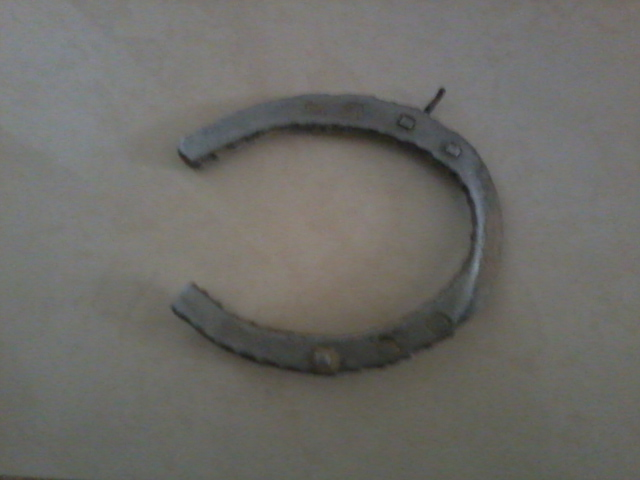 toe bent shoe
Question
toe bent toe bent.
hello sir. thi
toe bent shoe
Question
toe bent toe bent.
hello sir. thi
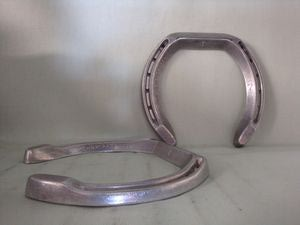 what type of shoe
Question
what type of shoe
hello sir, what type
what type of shoe
Question
what type of shoe
hello sir, what type
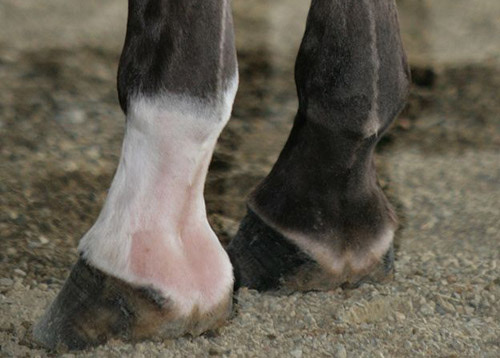 white legged horses - cracked heels
Question
white legged
hello, may i know why whit
white legged horses - cracked heels
Question
white legged
hello, may i know why whit
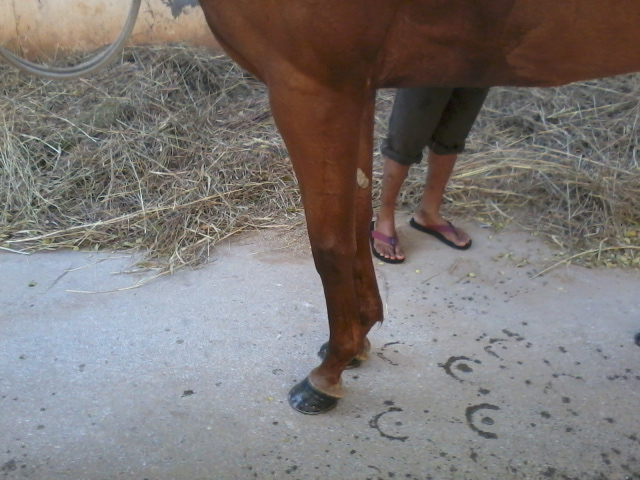 change of pastern angle unnecessarily
Question
horse
hello sir. i believe that this h
change of pastern angle unnecessarily
Question
horse
hello sir. i believe that this h
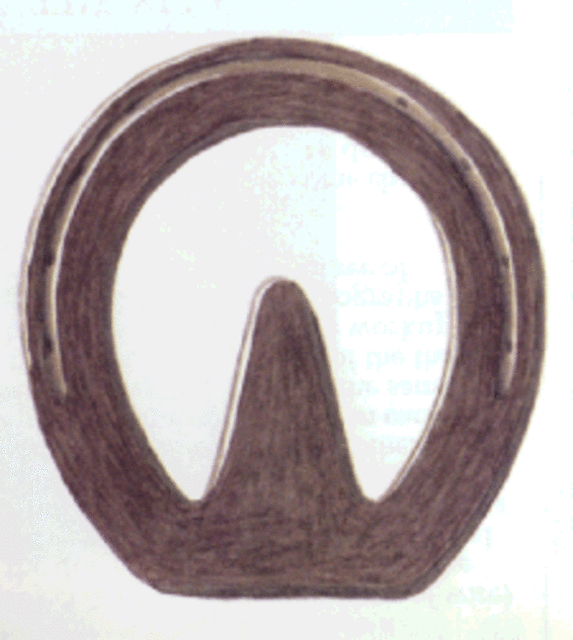 what shoe is this
Question
what shoe
hello sir, may i know the nam
what shoe is this
Question
what shoe
hello sir, may i know the nam